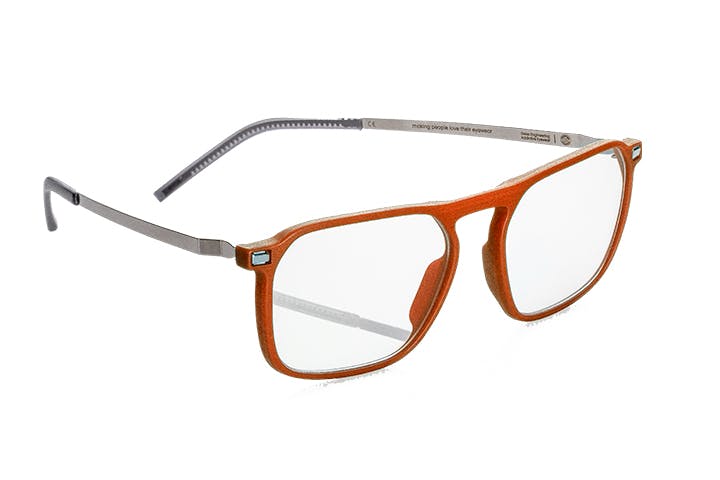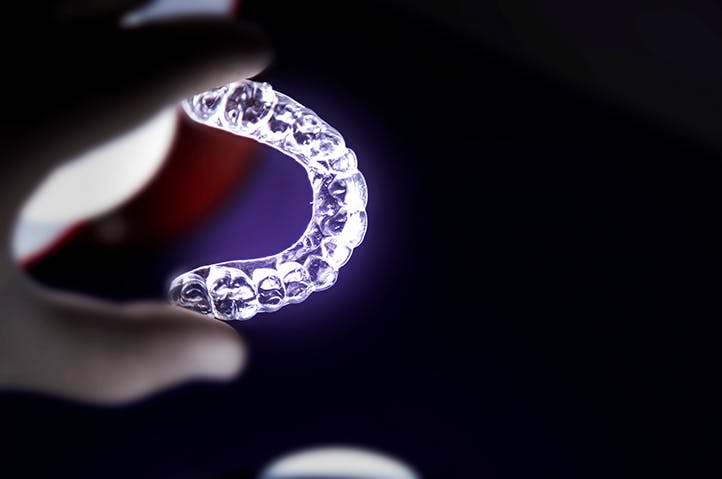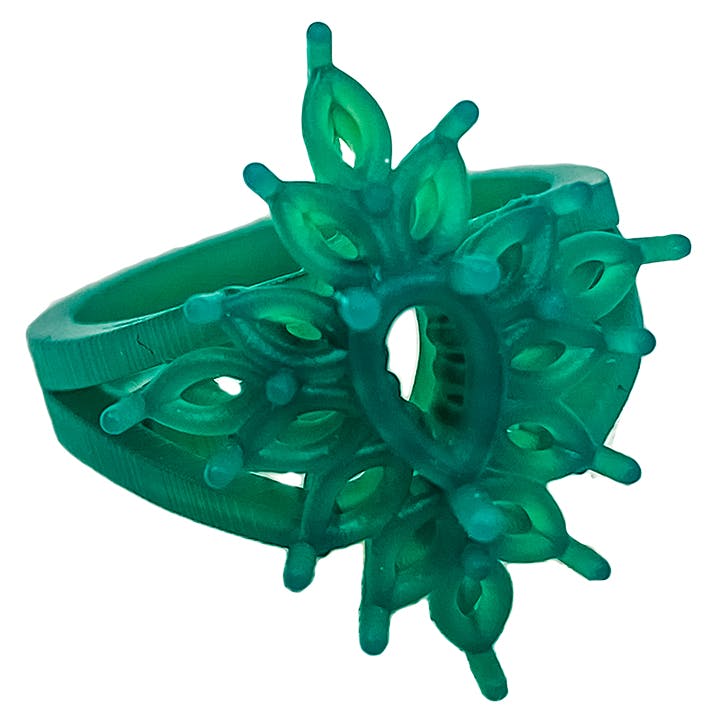- Materialise and Arkema: A COMMON VISION FOR BIO‑SOURCED FRAMES.
The Belgian company Materialise, one of the world’s leading manufacturers of 3D finished products, is working with Arkema to develop an innovative approach on the eyewear market by taking advantage of the unique properties of Rilsan® polyamide 11 to manufacture frames. Easily adjustable, perfectly compatible with for prolonged skin contact, strong and lightweight, the 100% bio‑sourced polymer also offers aesthetic and styling qualities (option to experiment with the surface finish to give it slight transparency or the opposite for strong colors), that are unique on the market. The flexibility of the additive manufacturing process is particularly relevant for eyewear brands and opticians, Materialise’s main customers: it offers them the option of increasing the number of models without causing storage problems and enables them to reduce to just a few weeks the time needed between designing a frame and making it available in the catalog.
- Dental health: UV‑CURABLE RESINS, THE SECRET WEAPON OF CLEAR ALIGNERS
More discreet and comfortable than metal braces, clear aligners offer an increasingly appreciated alternative for people undergoing orthodontic treatment. These transparent mouthpieces, of which 20 to 30 can be produced during treatment, are thermoformed by the dental technician using a mold tailored to the patient's teeth at time T. N3xtDimension® UV‑curable resins are highly recognized by leading industry players in the manufacture of these molds, which are 3D printed using an intraoral scanner. They provide an exceptionally smooth surface appearance, minimizing the need mold adjustment, and excellent definition to obtain the precise shape of the patient’s teeth.
- 3D printing: A UNIQUE WAY TO MAKE JEWELRY
The exceedingly high spatial definition and perfectly smooth surface finish of the parts obtained by 3D printing using Arkema N3xtDimension® UV resin solutions make it a material of choice to revolutionize the traditional technique of lost‑wax casting in which the jeweler sculpts their design by hand. This time, the shape of the jewel is printed in 3D resin, forming the model on which a plaster mold is made. The resin is then burned, creating an empty space in which the metal of the future jewel is cast. This innovative approach offers exceptional freedom of design, an ability to truly customize jewelry, while ensuring faster and more reliable production thanks to the 3D printing of a burnout resin. It is being adopted by a new generation of jewelry designers who work from a screen, offering unparalleled freedom of design, especially when creating intricate details. This technology for jewelry is already used in mass production in Asia.







